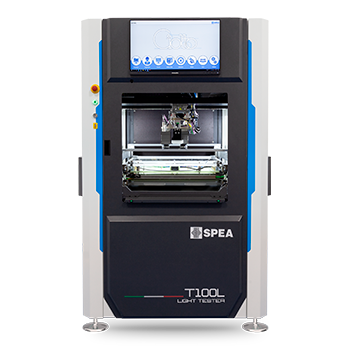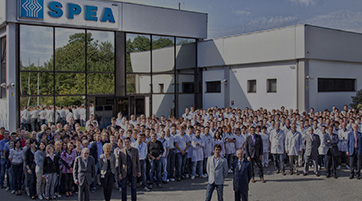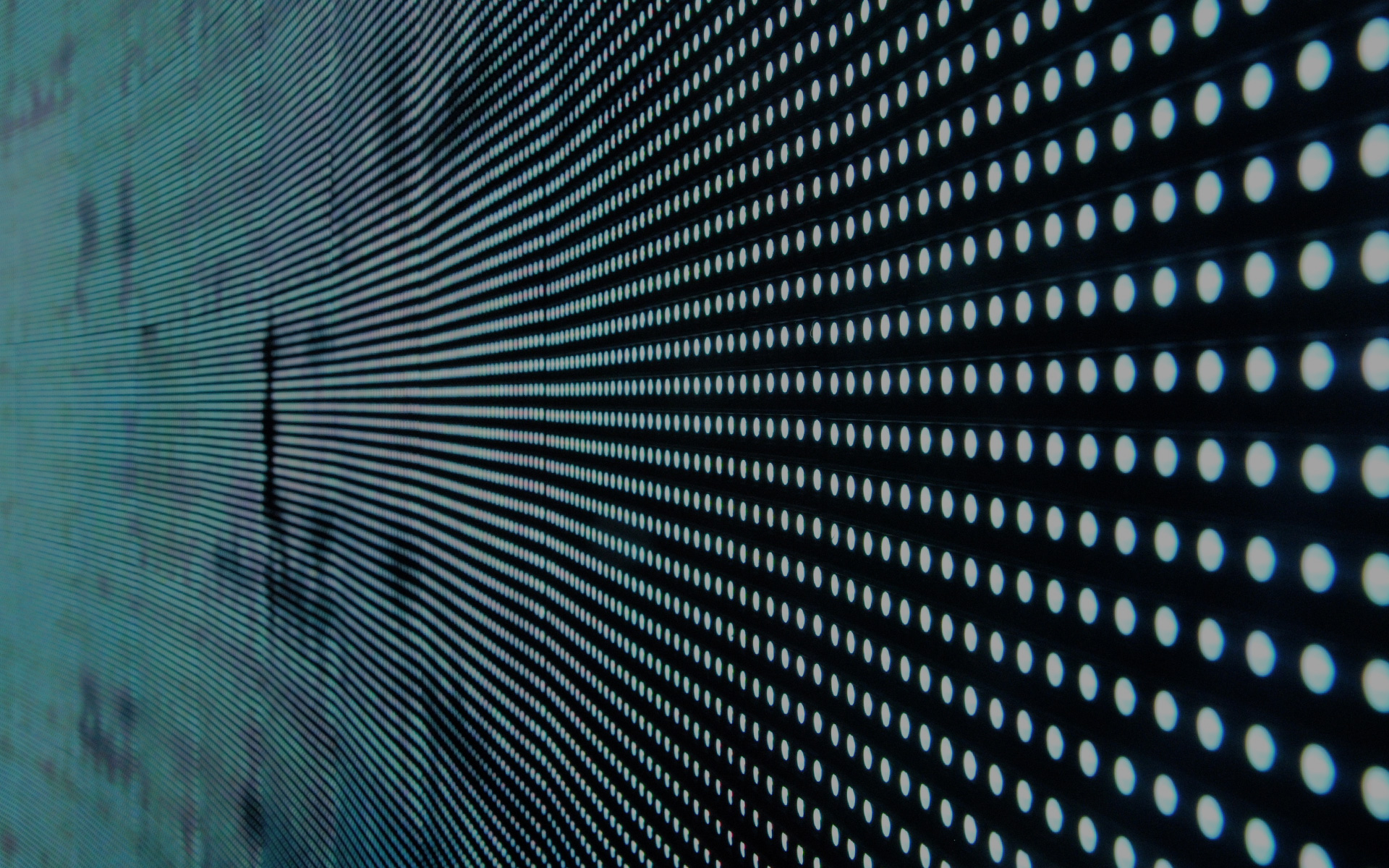
LED Light Testing
Automatic LED light testing for accurate verification of functionalities and characteristics of lighting products
With the increasing complexity of electronic components for LED light applications, the aspects of quality and reliability thus the costs of failures involved, have become increasingly important for manufacturers that are looking to release excellent LED light devices and bring them to market quickly. Automatic LED Light Testing ensures all these conditions are met.
SPEA Automatic Test Equipment analyzes LED light characteristics, enabling lighting product manufacturers to meet industry standards, reduce test time and prevent defects in the field.
Measuring different LED light source parameters helps to gauge and define different characteristics for a given application, enabling lighting product manufacturers to ensure compliance, long lifetime, and no defects.
There are several essential parameters that define the quality of LED light. They include:
- Light measures (Candela, Lumen and Lux);
- Color measures (CIE XYZ color space, Chromaticity Coordinates, Correlated Color Temperature, Color Rendering Index, Dominant Wavelength, Purity, sRGB – HSV Color Space, Binning, Homogeneity).
In addition to these:
- Geometrical measures, used to verify the correct mounting of light components on the board;
- Optical measures, used to verify surface finish, die position, assembly flatness, presence of scratches, and misalignments.
SPEA Automatic Test Equipment transforms LED light testing into a complete automated measurement process offering complete LED light products verification.
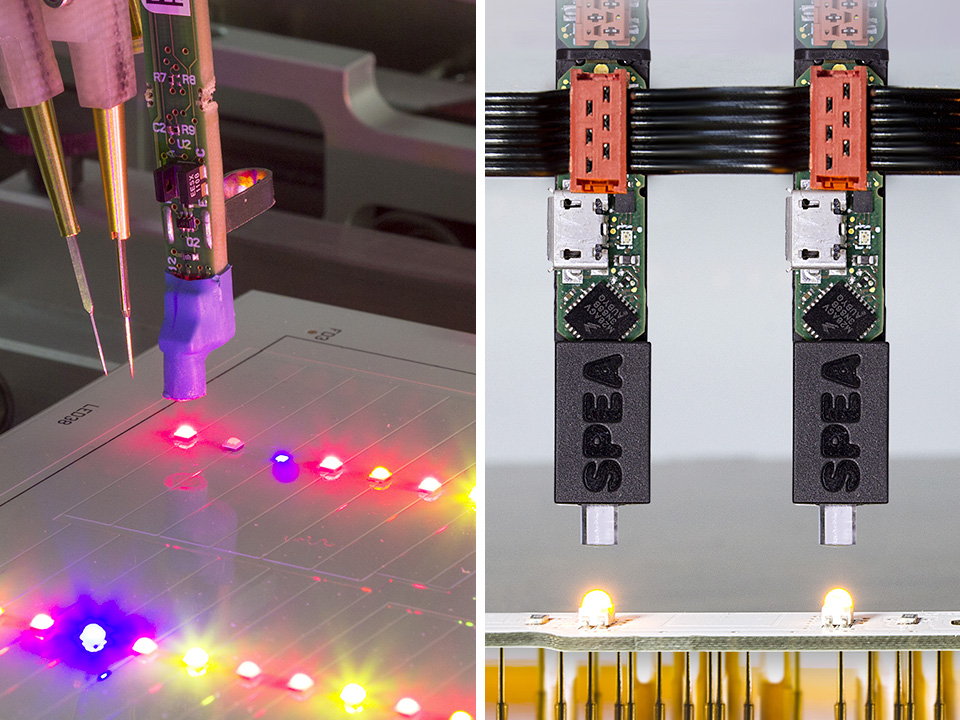
Light meters, also called Lux Meters, allow the measurement of LED light: a sensor converts the light energy into an electrical charge that gives the user a reading of values. They are very useful to verify the visual response of optical components for a given input on the unit under test or verify that the LED mounted is correct in terms of color, intensity, and tone. Most of the light meters in the market are handheld devices that subject operators to significant efforts when testing is extensive.
To improve extensive testing, SPEA flying probe testers and bed-of-nails testers can integrate automatic light meters to test a single LED light point on the boards.
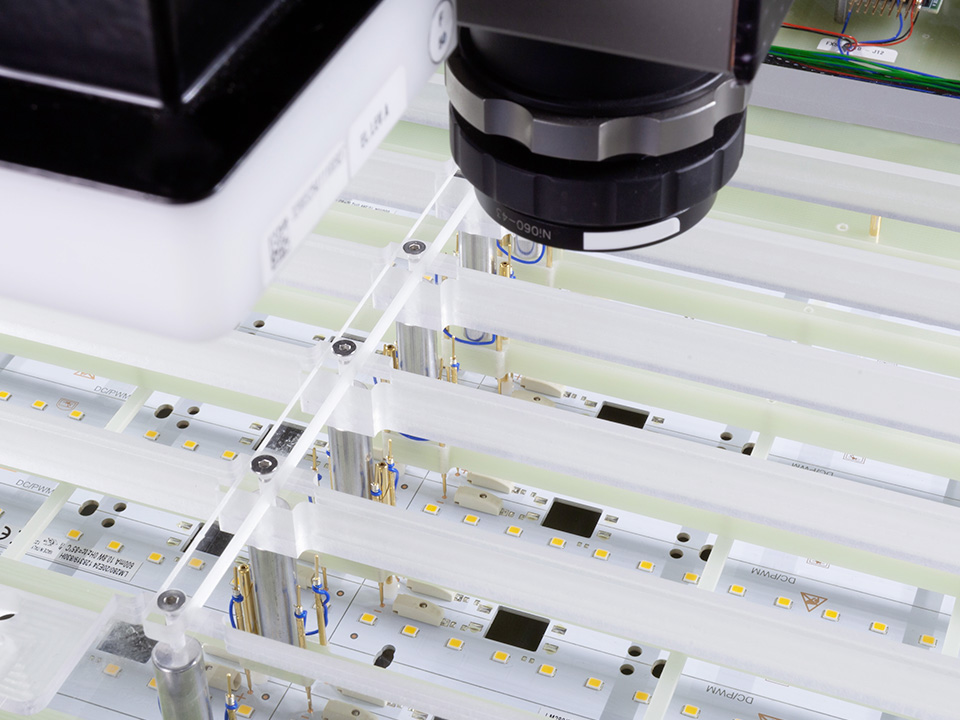
With the growing popularity of new lighting technologies and LED light applications, a need for high-performance light meters has risen as traditional lux meters may not give a complete and accurate reading of the spectrum variability of LED light sources. SPEA has engineered the flying scanner tester featuring automatic high-performance light meters to analyze complete LED areas and measure each LED light source characteristic.
The lighting industry is expanding rapidly, and LED light product manufacturers must keep up with increasing demands for throughput, flexibility, and accuracy of testing.
The latest SPEA LED light testing technology meets these demands.
Here are some of the most critical factors to look out for when selecting Automatic Test Equipment for LED light products.
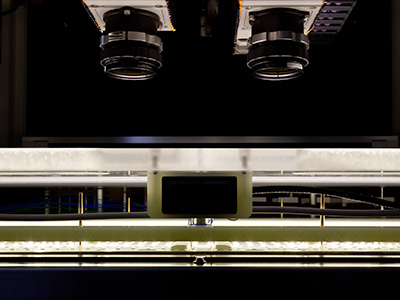
1. Throughput
Manual optical tests are very labor intensive and can be prone to variations and downtimes. Automatic testing is an efficient and systematic way of checking that all LED light characteristics meet pre-defined specifications and are fully operational.
SPEA Automatic Test Equipment manages, by scanning multiple areas of interest in parallel, high-volume LED light testing and offers real-time integration with manufacturing cycles, cutting down testing time and associated costs.
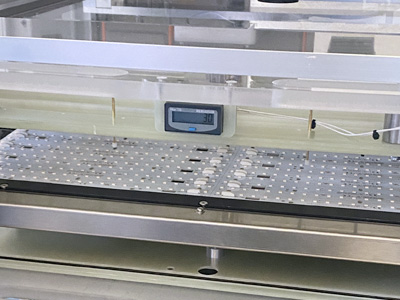
2. Flexibility
The increase in the variety of LED light devices means that a tester may need to meet a broader range of lighting technologies and application requirements. Being able to test traditional LEDs, IR LEDs, High Power LEDs, Dies of LEDs, and Multi-LEDs might require expensive test fixtures with fiber optics.
To address this challenge, SPEA Automatic Test Equipment has designed a fiberless fixture that ensures full adaptability and makes it convenient to analyze LED light characteristics.
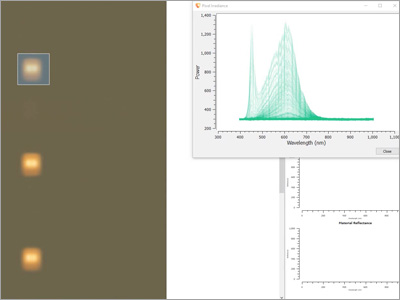
3. Accuracy
LED lights are used in applications where stable lighting is essential. This requirement places a demand on manufacturers to maximize accuracy and measure variations to ensure compliance and consistent product performance.
SPEA test equipment overcomes accuracy challenges by analyzing each pixel characteristic and the exact spectrum composition. This ensures in-depth analysis for a higher level of variations diagnostics.
